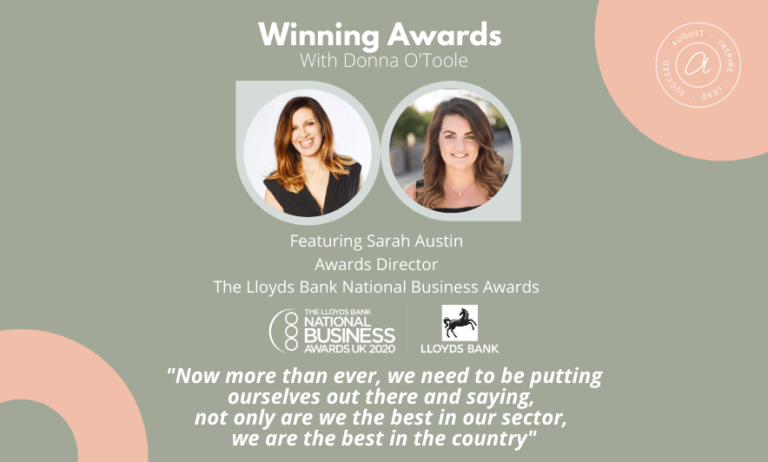
We live in a fast-paced, and complex world, no more so than in our working lives. And no matter what we do, what products or services we create and deliver, it can be easy to get lost in the pressure of targets, plans and deadlines.
But we must always remember that at the end of our efforts, there is a customer who will experience what we create. And that experience is where the rubber really hits the road for our business. It’s where the promises are tested and, sadly, all too often broken.
Business leaders and brand owners can’t manage every single interaction, check every single product before it ships, speak to every customer and design every web page. Some may try, but this is an unsustainable model of leadership.
Our teams must be empowered to deliver the brand. But first they must understand what its promise is. And second, they must truly believe in it and care about it enough to want to deliver it.
Engaging employees requires an enterprise-wide strategy and a programme of activity designed to understand the diverse motivations of tens, hundreds, and often thousands of people responsible for that customer experience.
Whether it be strong internal communications, a visible, coherent and understandable strategy, team-building events, reward and incentive programmes, or career development paths, these are all pieces of the puzzle that need to be put in place.
But more important than all of these things is igniting the authentic passion that people have for delighting others and ensuring that it permeates through everything the employee does, no matter how remote they feel from the customer in the business.
It’s easy to imagine a contact centre agent having a direct influence on a customer experience and the difference their enthusiasm and a genuine willingness to help provide solutions or resolve issues can make.
But what if you are behind the scenes, quality checking products, designing a web experience, or even opening and filing posts?
It’s possible to reframe every task back to the impact it has on the customer and the experience they have as a consequence.
When looking at a stack of products to be checked, for example, just imagine the experience the customer has in considering and selecting it. Products are rarely so unique that purchase is an automatic decision. They chose YOURS! They bought into YOUR brand promise, and they trusted YOU to make them feel good about that decision.
The customer has tried to travel to your store to buy or is now waiting patiently for delivery.
But what happens if it is late because the warehouse team got sloppy with logistics?
How many of us have experienced, first-hand, the disappointment of a missed delivery and the frustration of having to organise redelivery or collection.
Or what if the product is defective because QC were too busy hitting quotas checked?
We have all felt the anticipation of getting a new product home to open it.
When we were children, didn’t we insist that our parents let us take our new toy out of the box on the way home, just so we could look at it? That child remains inside us forever.
But what if it doesn’t work, it’s the wrong size, the wrong colour, it’s got a tiny scratch – it’s imperfect!
How does your customer feel now? Disappointed? Angry? Because nothing in the world can go smoothly, nothing can be ‘just right’? Why did this happen? Why did I get the faulty one? I don’t deserve to be treated like this!
Suddenly, the customer experience has gone downhill and YOUR brand is now causing your customers to feel a myriad of negative emotions. All because someone, somewhere in the chain, was not focused on the customer experience.
Your employees buy products and services too. They know what a good customer experience feels like. And they have the power to drive your customers’ feelings. Feelings of disappointment, or feelings of delight.
Tune your people into those feelings. Share your customers’ personas with them. Help them to understand their wants and needs. And if you can, get your customers to share their experiences with your employees. Make it real for them.
Then immerse yourself and your team in those experiences regularly to create a truly customer-centric culture. And lead them to create the experiences your customers will truly enjoy, and you will create a truly award-winning customer experience.
























